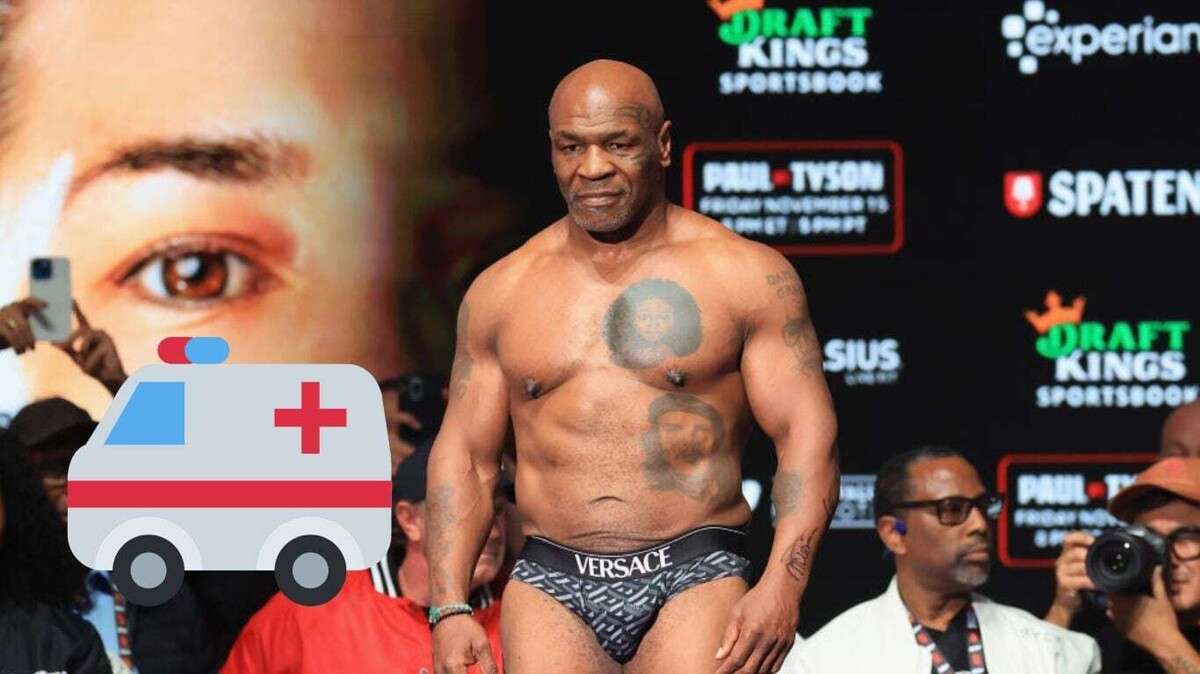
The confrontation between Mike Tyson and Jake Paul has captured global attention. Beyond the media hype and record ticket sales that this fight at the AT&T Stadium promises, Tyson's return at 58 years old has sparked a debate about the health risks associated with it.
Boxing experts and doctors have warned about the physical and neurological consequences the former world champion could face. Dr. Alain Ducardonnet, a health advisor for BFMTV, emphasized that at Tyson's age, any concussion has a longer and more complicated recovery period. Over time, arteries and neurons take longer to heal, increasing the risk of permanent damage. Furthermore, veteran boxers often suffer from chronic neurological disorders stemming from years of punches in the ring.
To reduce risks, modified rules have been established for the fight: eight rounds of two minutes, 14-ounce gloves, and no head protection. Although these measures aim to protect Tyson, they do not completely eliminate the inherent dangers of boxing.
Mike Tyson, who retired from professional activity in 2005, will face a rival 31 years younger than him. Although not an elite boxer, Jake Paul has shown physical abilities that could complicate the fight for the veteran pugilist. Even though Tyson has demonstrated remarkable physical preparation in recent months, his history of drug and alcohol addiction raises doubts about his ability to withstand the demands of an official fight.
Despite medical warnings, Tyson is determined to prove that his name still signifies greatness. However, Jake Paul, despite not presenting the greatest technical challenge of his career, faces age differences and inherent risks related to his physical condition that could make a difference in the fight. The ring will not only be the setting for a spectacle but also a test of endurance for one of the greatest icons in boxing.













